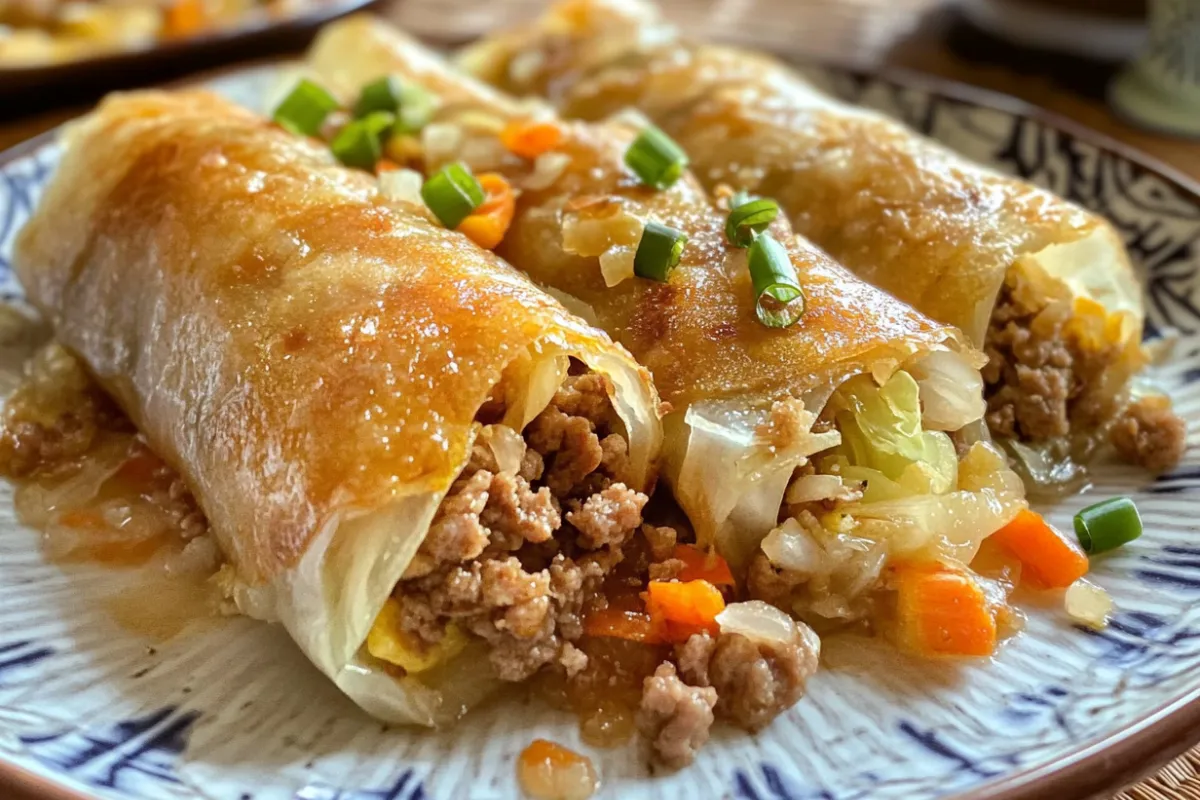Lumpia: A Filipino Spring Roll Classic
Lumpia is one of the most iconic Filipino dishes, celebrated for its irresistible crispy texture and savory filling. A staple at Filipino gatherings and fiestas, Lumpia represents the country’s rich culinary heritage. This guide explores the history of Lumpia, the steps to make it, and tips on how to best enjoy it.
Introduction to Lumpia
More than just a spring roll, Lumpia is a symbol of Filipino hospitality and creativity. The most common variety is Lumpiang Shanghai, typically made with ground pork and deep-fried to achieve its crispy golden shell. Variations can include different meats, vegetables, and even seafood, making it versatile for appetizers or main dishes.
History and Origins of Lumpia
Lumpia has roots in Chinese cuisine, introduced by Chinese immigrants to the Philippines. Filipino chefs adapted this spring roll into a dish that reflects local ingredients and flavors. Today, Lumpia is synonymous with Filipino celebrations and remains a beloved dish for its simplicity and flavor.
What Is Lumpia?
Lumpia is a fried spring roll that stands out due to its ultra-thin wrapper and flavorful filling. Ingredients typically include ground pork, cabbage, carrots, and a blend of seasonings like soy sauce and garlic. When fried, the wrapper becomes light and crispy, creating a delightful contrast to the tender filling.
Key Ingredients in Lumpia
- Ground Pork (or other meats): Pork is traditional, but ground beef or chicken can be used.
- Vegetables: Finely chopped carrots, cabbage, and onions add texture and flavor.
- Lumpia Wrappers: These are thinner than other spring roll wrappers, essential for the perfect crisp when fried.
- Seasonings: Soy sauce, garlic, and black pepper are key, with optional fish sauce for an authentic touch.
How to Make Lumpia: A Step-by-Step Guide
- Prepare the Filling: Cook the ground pork and mix with vegetables and seasonings until well-cooked.
- Roll the Lumpia: Place a tablespoon of filling on a Lumpia wrapper, roll tightly, and seal the edges.
- Fry the Lumpia: Fry in hot oil until golden brown, turning frequently.
- Serve: Serve hot with sweet chili or sweet and sour sauce.
Nutritional Breakdown of Lumpia
A serving of Lumpia (about 3-4 rolls) provides approximately 250 calories, with good amounts of protein and fats from the meat and frying process. For a healthier option, you can bake the Lumpia or use lean meats like turkey.
Popular Lumpia Variations
- Lumpiang Sariwa: A fresh version served with a peanut-based sauce.
- Vegetarian Lumpia: Uses tofu or mushrooms instead of meat.
- Shrimp Lumpia: A seafood variation often served with a spicy sauce.
Storing and Reheating Lumpia
Lumpia can be refrigerated or frozen for meal prep. Store cooked Lumpia in the fridge for up to four days, or freeze uncooked rolls for later frying.
FAQs About Lumpia
- Can I make Lumpia without meat? Yes, tofu or mushrooms are great alternatives.
- What sauce is best for Lumpia? Sweet chili or sweet and sour sauce are common choices.
- Can Lumpia be baked instead of fried? Yes, bake at 400°F for 20-25 minutes for a healthier option.
Conclusion
Lumpia is a must-try dish for any fan of Filipino cuisine. Its versatility, combined with its crispy texture and flavorful filling, makes it perfect for gatherings and special occasions. Whether you stick to the traditional pork filling or explore vegetarian and seafood variations, Lumpia is sure to be a crowd-pleaser.
For more details and the complete recipe, visit our Filipino Lumpia Recipe guide . Learn more about descriptive link text

